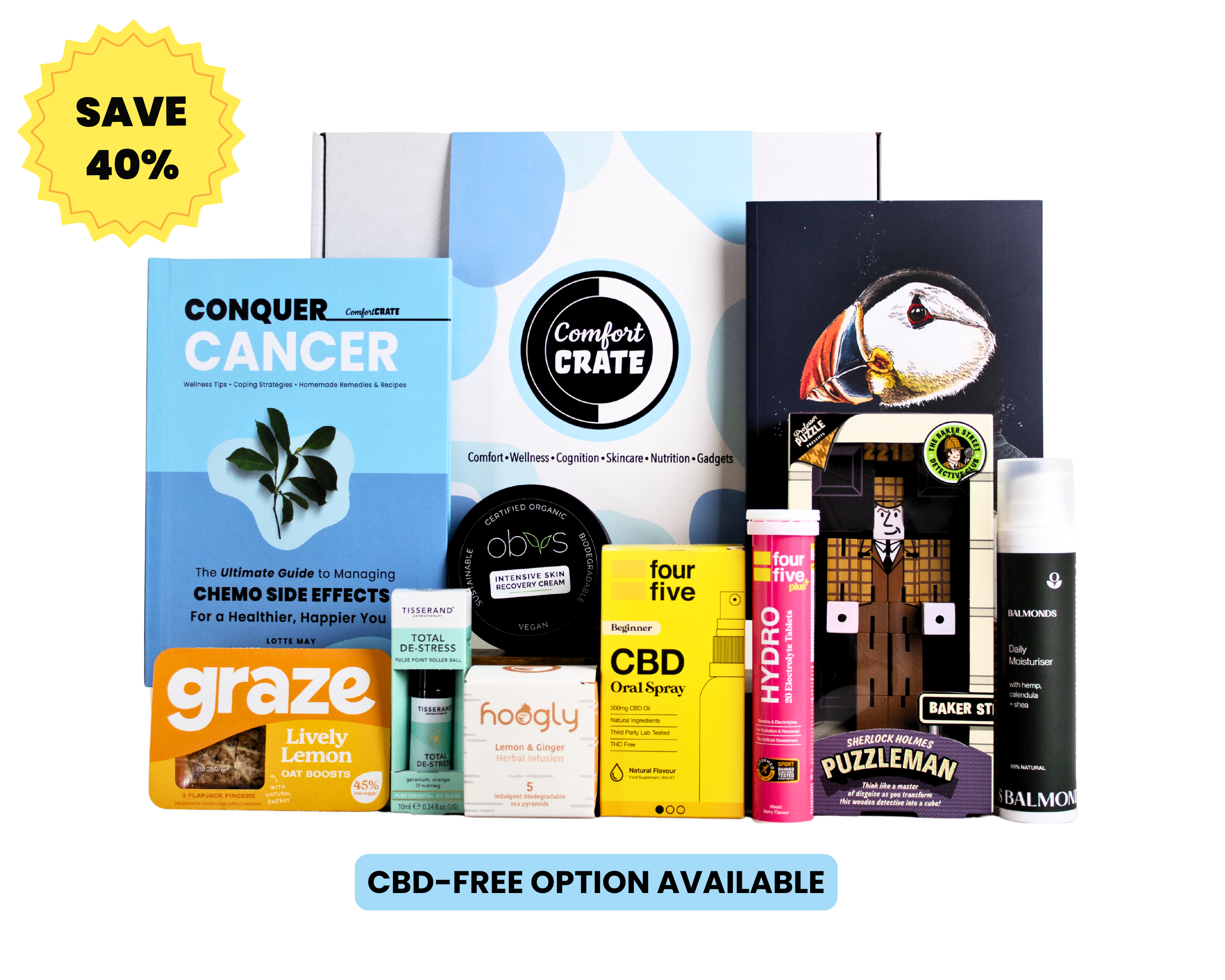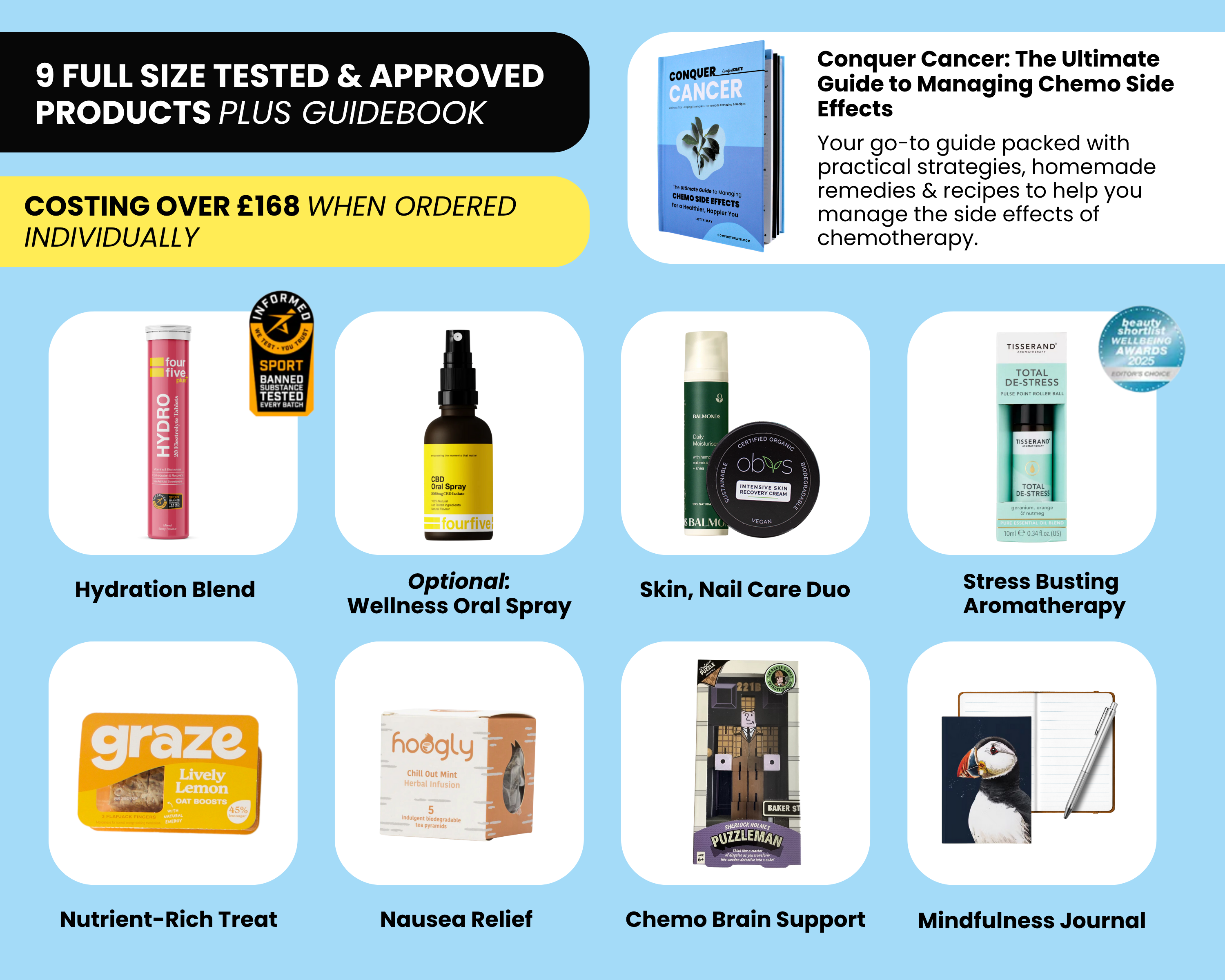
Lymphoedema Treatment
It is comforting to know that there are techniques to reduce lymphoedema's side effects, despite the fact that it is a chronic illness. In order to prevent Lymphoedema from progressing to its most severe stage, you need to know how to decrease swelling. Even if you are in the third stage, you can sometimes use simple techniques to lower your ranking.
Lymphoedema stages and symptoms
| Stage | Symptoms | |
| Stage 0 | There are no visible signs of swelling on the outside. | The affected area may feel heavy, achy, swollen or tight. |
| Stage 1 |
As fluid builds up in the affected area, you will notice swelling but elevating the limb will reduce the swelling. When pressure is applied to the swollen area, a “pit”, or indentation, will remain, known as 'pitting odema' |
Swelling is now noticeable |
| Stage 2 |
There is an increase in swelling with stage 2 and limb elevation alone rarely relieves swelling. Pitting may occur in the early stages of stage 2; later in stages 2, no pitting as more subcutaneous fat may form and tissue fibrosis will occur. |
Swelling that does not go away. Changes in the skin from subcutaneous fat and tissue fibrosis build up. (Hardening of the skin.) This stops pitting odema. |
| Stage 3 |
In stage 3, there is extensive swelling present leading to elephantiasis (large deformed limb), skin thickening with “wart-like” growth and extensive scarring. The skin becomes susceptible to deep, poorly healing wounds and is in danger of infection. |
Extensive swelling and no pitting. Skin changes such as thickening, hyperpigmentation (change of colour), increased skin folds, fat deposits, and wart-like growths, can develop. Infections can develop very easily. |
Treatment for lymphoedema aims to reduce and control swelling, help with discomfort, and stop fluid build-up. Seeing a lymphoedema specialist will help to create the right treatment plan for you.
Lymphoedema Treatments
| Skin Care | Keep your skin in a healthy condition to prevent/reduce the risk of infections. |
|
External Support/Compression |
Compression garments to help prevent the swelling from building up in the limb. |
|
Exercise and Movement |
Exercise is generally helpful for a swollen limb, as it helps increase the flow of lymph, but only if it's an activity you're used to. Too much activity, particularly if you start suddenly, can cause your swelling to increase. |
|
Manual Lymphatic Drainage |
Simple hand movements used to try and move the swelling out of the affected area. You can learn to do this from a specialist. |
| Kinesio Taping | This taping therapy was originally designed to help with sporting injuries, but can also help reduce swelling. |
| Multi-Layer Lymphoedema Bandaging (MLLB) | This is a multi-layer system of bandages, which provides a rigid casing for the muscles to work against. This helps to improve the shape and size of severe swelling and reduces the hardness of the tissues. |
Learn how to look after your skin to keep you safe from infections - 'Lymphoedema & Skincare'











Leave a comment
This site is protected by hCaptcha and the hCaptcha Privacy Policy and Terms of Service apply.